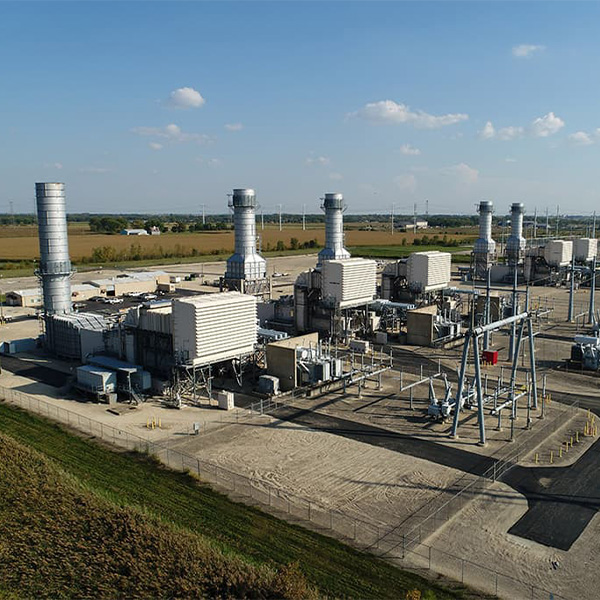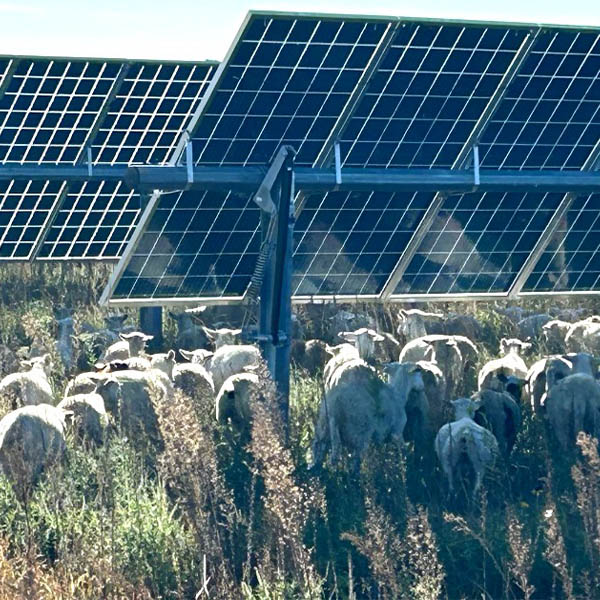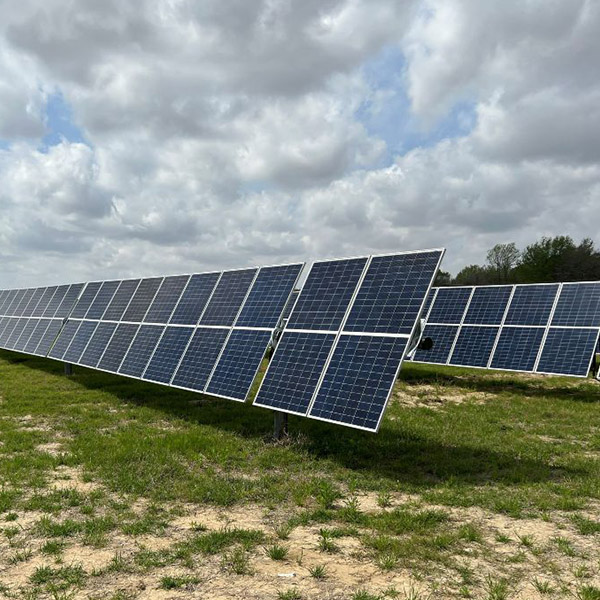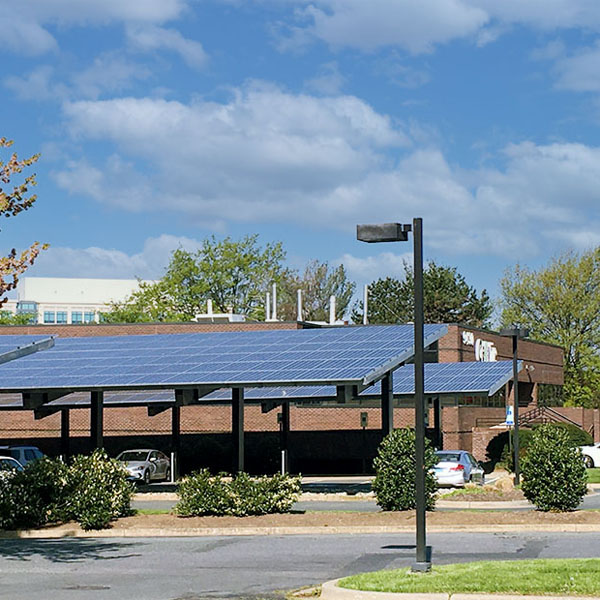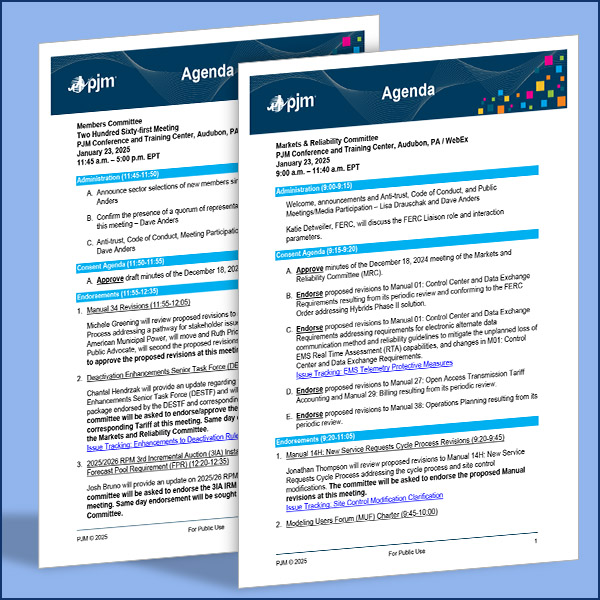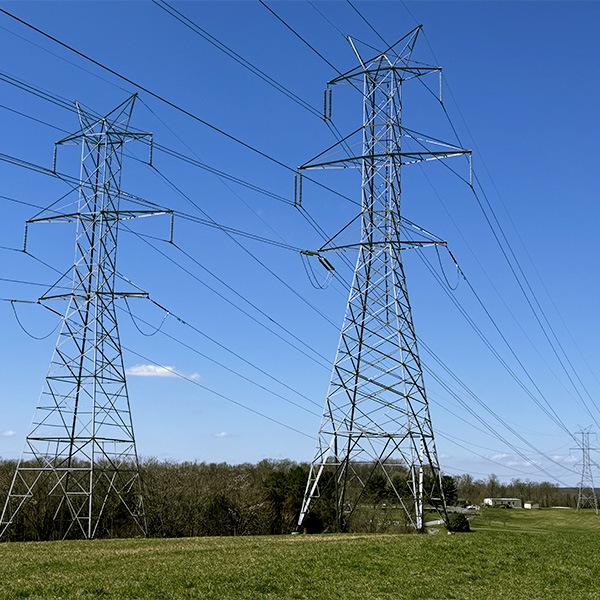generator interconnection queue
MISO members teed up a discussion on the approximately 57 GW of approved but unfinished generation in the footprint that will be a focal point of MISO’s quarterly Board Week in March.
Republicans in Congress have introduced a bill that would let dispatchable generation needed for reliability cut the line in the interconnection queues, requiring FERC to draft rules to implement the proposal.
FERC has given MISO an all-clear to cap project hopefuls lining up for its overflowing generator interconnection queue at 50% of the RTO’s peak load.
MISO is pushing back a restart of its swamped generator interconnection queue by a few months while it tries to study through the backlog with tech company Pearl Street.
FERC rejected MISO’s attempt to implement a blanket, two-year extension of commercial operation dates for generation developers that entered the interconnection queue about seven years ago.
Groups of generation owners and developers have asked MISO to adopt a queue fast lane only as a last resort and employ a more limited process that involves scoring criteria to gain entry.
Among other actions, the PJM Markets and Reliability Committee and the Members Committee will consider endorsing various manual revisions.
The 2,600 GW of wind, solar and storage sitting in interconnection queues across the U.S. represent a major imbalance in energy resources that could lead to brownouts or blackouts, former North Dakota Gov. Doug Burgum (R) said during his Senate confirmation hearing.
FERC denied SPP’s waiver request to allow the RTO’s interconnection customers without a pending request to ask for interim interconnection service during a period when the study queue cluster’s window is closed.
Protests and endorsements have turned up in response to MISO’s second attempt with FERC to annually cap project submittals to its interconnection queue based on a megawatt value.
Want more? Advanced Search

